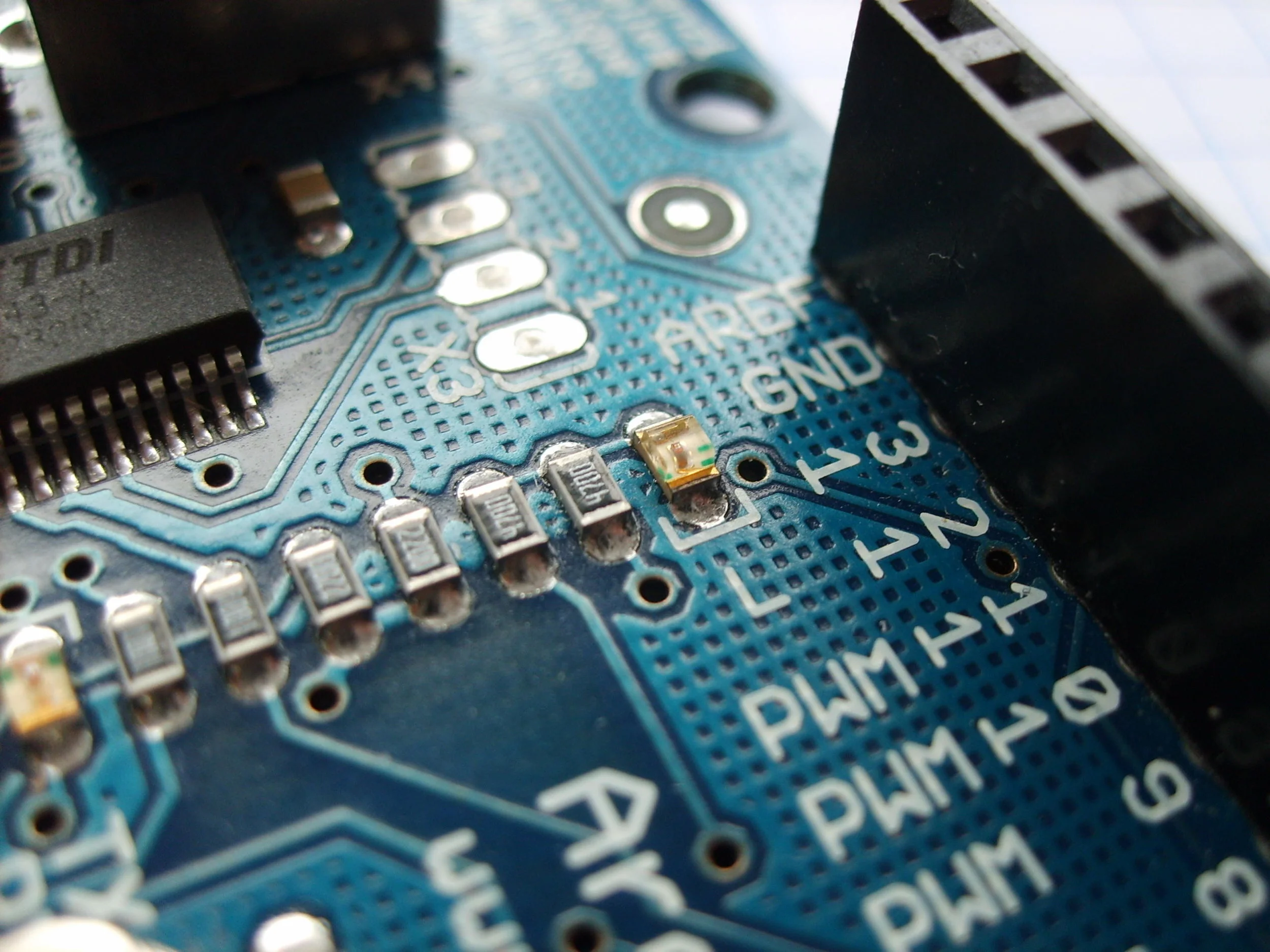Here at FTL we get requests for new devices with certain capabilities all the time. Our clients need devices that can automatically send text messages if the equipment fails, or they need a device that prevents a particular kind of tampering. Whatever the application, I turn to Arduino when it comes to the core control system for our projects. I've worked with PLCs, FPGAs, and various other micro-controllers. I've explored printed circuit boards with jelly bean ICs. I have yet to find a more reliable and cost effective solution than simply sticking an Arduino in it.
One of my first hard lessons in cost and efficiency came when a client asked me for a timing control circuit for a rapid-fire pneumatic cannon. It was to be their center piece at an arts and culture festival. I spend all day designing and soldering a board based around a 555 timer. I thought I had a beautiful circuit. When we went to test it everything worked perfectly. The cannon was sent off to the festival and I relaxed; job well done right?
Well the next day I got a call that the circuit failed and the guys were just crossing wires to get it to fire. I was so disappointed. When they returned from the festival I had an opportunity to see what went wrong. The power MOSFET was completely fried. I should have used a relay, or I should have sprung for a bigger heat-sink. We took a 10 minute trip to the local hobby store and spent about $20 on an Arduino Uno and a relay shield. It took 30 minutes to wire up and program it to control the cannon. The design and manufacture of the original circuit took me all day and in less than an hour we had completely replaced it.
Sure the parts for the original circuit were only about $4 but I had billed my client for a whole days work! I felt guilty — ashamed that my hard work had actually cost the client way more than if I had simply gone with the easier solution. Fortunately the client was very understanding, he told me that it had been very hot that day and they had pushed the cannon very hard. I appreciated the sentiment, but what I took away from the experience was a commitment to saving time and money by going with a reliable solution; and a fierce brand loyalty to Arduino.
They are cheap and they come in all sizes: mega, micro, nano, etc. My favorite happens to be the Ruggeduino, they are virtually invulnerable (except to hammers). They are simple to program unlike FPGAs (I absolutely loath VHDL). For one-off projects they are perfect. I would only consider printed circuit boards for full scale manufacturing. I once ordered a ton of Arduino Nano clones from China, and even though QA rejected about 10% of the boards it still saved the client a ton of time and money over building the devices from scratch. My inner engineer tends to turn his nose up at such decisions, but as a businessman I always try to do what is best for my clients. Sometimes we have to swallow our pride and just go with what works.


